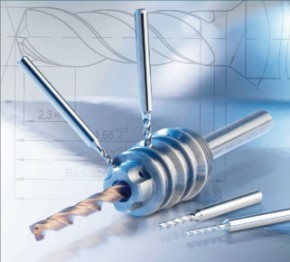Galvanized pipes are widely used in construction and plumbing for their strength and resistance to corrosion. These steel pipes, coated with zinc, are protected from rust and have a prolonged lifespan. This guide provides detailed insights into galvanized pipes, answering common questions about their applications, benefits, comparisons to other materials, and the role of geotextiles in construction.

What are the primary uses of galvanized pipes?
Galvanized pipes are known for their robustness and are used in various applications. Key uses include:
- Plumbing Systems: Found in older homes, galvanized pipes were once the standard for water supply lines due to their rust resistance.
- Construction: Utilized for structural purposes, these pipes provide solid frameworks for buildings and bridges.
- Outdoor Applications: Their durability makes them ideal for outdoor uses such as fencing, railings, and handrails.
How do galvanized pipes compare to other types of pipes?
Choosing the right pipes involves comparing galvanized pipes with alternatives like copper, PVC, and stainless steel.
- Durability: Galvanized pipes are durable but can corrode if the zinc coating is compromised.
- Cost: They are generally more affordable than stainless steel but more expensive than PVC.
- Maintenance: Unlike PVC and stainless steel, galvanized pipes can accumulate rust over time, leading to reduced water flow and potential pipe degradation.
What are the benefits and drawbacks of using galvanized pipes?
Understanding the pros and cons of galvanized pipes helps in making informed decisions.
Benefits:
- Corrosion Resistance: The zinc coating prevents rust, extending the pipe’s lifespan.
- Strength: These pipes are strong and can withstand high pressure.
- Versatility: Suitable for both indoor and outdoor applications.
Drawbacks:
- Weight: Heavier than PVC and copper pipes, making installation more labor-intensive.
- Health Concerns: There are potential health risks if used for drinking water when the zinc coating deteriorates.
How do geotextile materials complement galvanized pipes in construction?
Geotextile materials enhance soil stabilization and prevent erosion in construction, working well with galvanized pipes.
- Drainage Systems: Geotextiles prevent soil from clogging pipes, ensuring efficient water flow.
- Soil Reinforcement: In retaining walls, geotextiles stabilize the soil, allowing galvanized pipes to support the structure effectively.
- Erosion Control: In landscaping and road construction, geotextiles prevent erosion while galvanized pipes provide drainage and structural support.
Galvanized pipes are a preferred choice in construction and plumbing for their durability, affordability, and resistance to corrosion. Despite some drawbacks, such as potential health risks and maintenance issues, their benefits often outweigh these concerns, especially in non-potable water applications. The integration of geotextile materials in construction projects further enhances the performance and longevity of galvanized pipes by stabilizing soil and preventing erosion. Whether for building fences, creating robust plumbing systems, or reinforcing structures, galvanized pipes continue to be a reliable and valuable material.
